GUEST BLOGGER SAMANTHA M. CLARK
The science of our natural world feeds my books, like the Guardian Tree narrator of my middle-grade novel ARROW. Although the book has fantastical elements, the details are based on real-world science—including the root network the Guardian Tree uses to communicate. In this activity, your students will learn about the root network, how trees communicate, and compare it with the ways they communicate with each other.
Activity 1: How do we communicate?
Ask your students to list and discuss ways they communicate with each other, both in person and over a long distance. Examples could be:
Also have them explore how our society communicates ideas or deliver information to people around the world, within neighborhoods, towns and even countries. Examples could be:
- Internet
- Social Media
- Books
- Videos
- Movies
Activity 2: Learn about the root network
Watch this video about How Trees Secretly Talk To Each Other to learn about the root network used by trees to communicate.
Activity 3: How does our communication compare?
In ARROW, the root network helps the Guardian Tree share news with the rest of the rainforest, like when their hiding place has been discovered at the beginning of the book.
The root network also helps the Guardian Tree get information from other parts of the forest, like when a fire is set near the end of the book.
As humans, we also share and receive news. Ask your students to discuss, either in class or in a paper, how the ways they communicate are similar and different to the ways trees communicate. Guide them to make connections, like how black walnut trees spreading toxic resources into the root network is like wrong information being spread on, say, social media, and how trees share warnings to others, just like humans do.
You can also have your students consider what kinds of plants they are in the root network:
- Mother trees sharing resources
- Orchids stealing resources
- Or black walnuts, spreading toxic resources.
Activity 4: How can we communicate like a root network?
The root network is a vital part of forest communities, like the rainforest in ARROW, just as communication is a vital part of our communities and society. But in the same way that a blight in the rainforest threatens the root network in my book, communications in our world can break and cause problems too.
Ask your students to discuss and/or write about the importance of communication in their world, e.g. within their families, friendships and classrooms. Have them think about what happens when communication breaks down, why it breaks down, and how breaks can be avoided. Root networks are primarily for sharing resources for the betterment of the rainforest ecosystem. What parts of the root network can your students bring into their own world?
BONUS
If you use ARROW as a classroom read to see how the root network helps to save a rainforest, contact me on my website and I’ll send you a classroom set of bookmarks and seed papers, which your students can grow together to bring them closer to their natural world.
Featured image credit: The earths veins and capillaries by Broo_am (Andy B)
Samantha M Clark is the award-winning author of THE BOY, THE BOAT, AND THE BEAST and ARROW (both published by Paula Wiseman Books/Simon & Schuster) and AMERICAN HORSE TALES: HOLLYWOOD (Penguin Workshop/Penguin Random House), as well as the GEMSTONE DRAGONS chapter book series (Bloomsbury). She lives with her husband and two funny dogs in Austin, Texas, where she helps other writers as the Regional Advisor for the Austin chapter of the Society of Children’s Book Writers & Illustrators. Sign up for news and giveaways at www.SamanthaMClark.com. Follow her on Twitter @samclarkwrites, Instagram @samanthamclarkbooks, Facebook at SamanthaMClarkAuthor, and Pinterest at SamClarkWrites.


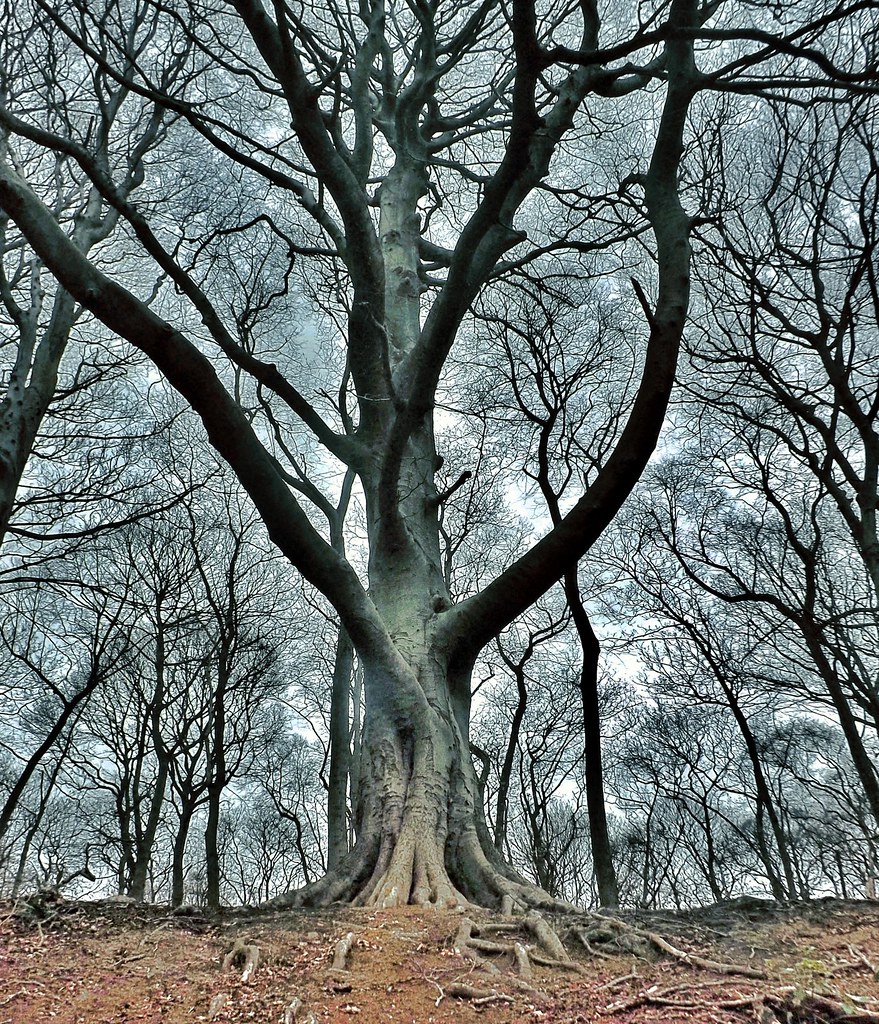

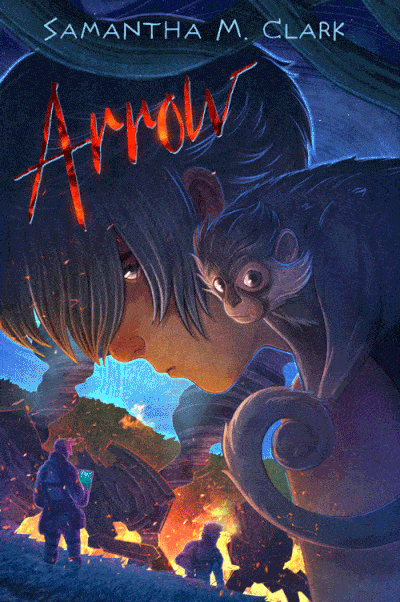
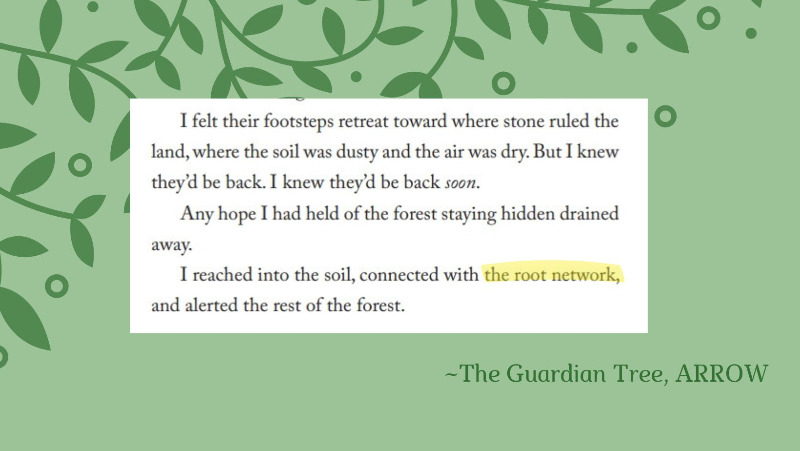
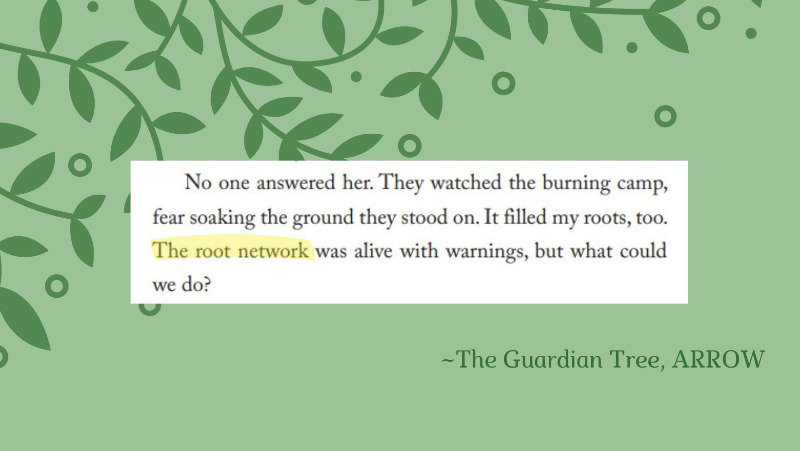
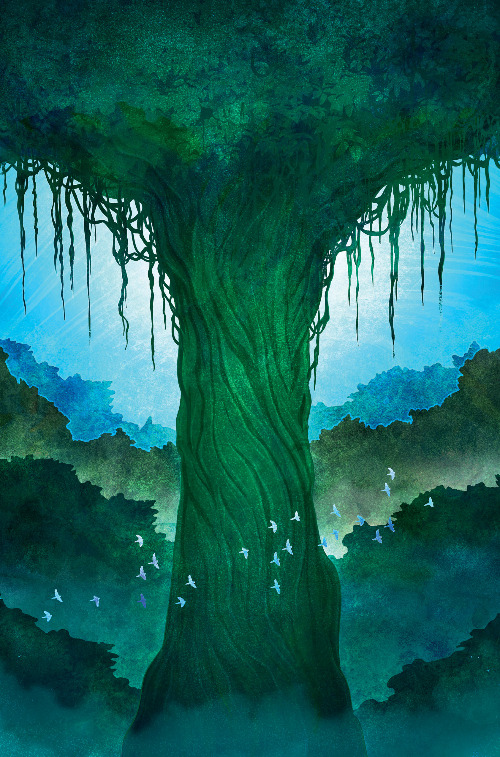

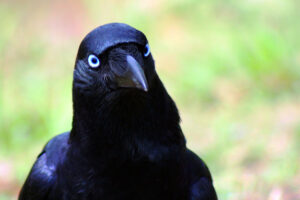

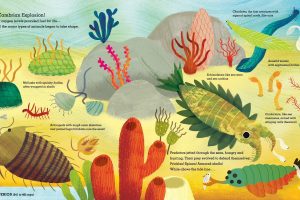


Leave a Reply
Your email is safe with me.